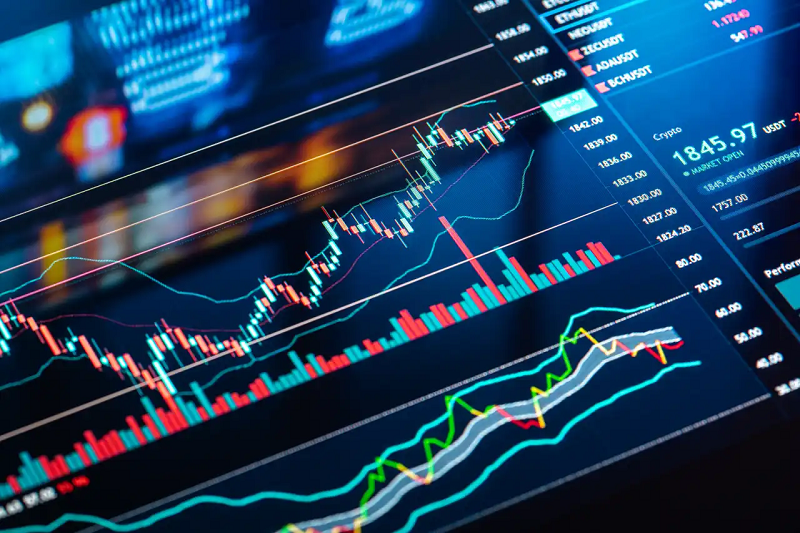EMERGING MARKETS-Latam markets end year with sharp annual losses, face 2025 challenges

There will be no Latin American Emerging Markets report on Wednesday, with markets closed for the New Year's Day holiday
Updates with afternoon trading prices
By Lisa Pauline Mattackal
Dec 31 (Reuters) - Latin American markets were mixed on Tuesday, with indexes tracking the region's stocks and currencies set for steep annual declines, as prospects for fewer U.S. rate cuts lifted the dollar and capped a turbulent year for the region.
Trading was thin on the last day of 2024, with markets closed in Brazil and most markets scheduled to be shut on Wednesday.
Mexico's peso MXN= weakened 1.2% on the day, and is on track for its worst year since 2008 as the Bank of Mexico looks set to continue its easing cycle, and concerns rise about trade with the United States.
Mexico's main stock index .MXX rose 1.2% on the day. It saw the steepest yearly declines among regional bourses, losing about 15%, the most since 2018.
MSCI's gauge of regional stocks .MILA00000PUS edged 0.2% higher, while a gauge for currencies .MILA00000CUS ticked 0.1% lower.
Latin American markets have sharply underperformed broader emerging markets this year, with the regional stocks and currency indexes set for yearly losses of 30.5% and 11.3%, respectively.
The currency index broke a two-year winning streak and saw its biggest annual loss since 2020. It is the largest yearly decline since 2015 for Latin American stocks.
The U.S. dollar and Treasury yields have jumped in December after the U.S. Federal Reserve flagged a more cautious pace of interest-rate reductions in 2025. That has weighed heavily on emerging-market assets.
Latin American economies in particular have struggled with slowing growth in top commodity consumer China, political upheaval, rising inflation and fewer U.S. rate cuts than previously expected.
Heading into 2025, most investors expect fewer Fed cuts, as well as the policies of incoming U.S. President Donald Trump to keep the dollar supported, further diminishing returns on emerging-market investments.
"The dollar index is now consolidating gains at the highest levels in more than two years, and could continue to extend gains on the back of a gradually less dovish Fed outlook," said Ipek Ozkardeskaya, a senior analyst at Swissquote Bank.
Most currencies in the region were set for annual losses against the dollar. Brazil's real BRL=, the worst regional performer, slumped 27.3% against the dollar and is hovering around record lows in its worst year since 2020.
Concerns about the country's fiscal spending have unnerved investors and forced multiple rounds of central-bank intervention to stem the real's losses. Stocks .BVSP dropped over 10%, the worst year since 2021.
Argentina's Merval .MERV stock index, on the other hand, jumped over 170%, while the country's dollar bonds have gained over 100%.
MSCI's global EM currency .MIEM00000CUS and stock indexes .MSCIEF were on track for their worst quarter since 2022.
Key Latin American stock indexes and currencies:
Equities | Latest | Daily % change |
MSCI Emerging Markets .MSCIEF | 1075.22 | -0.29 |
MSCI LatAm .MILA00000PUS | 1850.96 | 0.15 |
Brazil Bovespa .BVSP | 120283.4 | 0.01 |
Mexico IPC .MXX | 49437.92 | 1.23 |
Chile IPSA .SPIPSA | 6710.02 | 0.1 |
Argentina Merval .MERV | 2533634.65 | -1.704 |
Colombia COLCAP .COLCAP | 1379.58 | -0.17 |
Currencies | Latest | Daily % change |
Brazil real BRL= | 6.184 | -0.1 |
Mexico peso MXN= | 20.8776 | -1.17 |
Colombia peso COP= | 4401.96 | 0.01 |
Peru sol PEN= | 3.7539 | -0.02 |
Argentina peso (interbank) ARS=RASL | 1030 | -0.10 |
Argentina peso (parallel) ARSB= | 1210 | 0.41 |
(Reporting by Lisa Mattackal and Shashwat Chauhan in Bengaluru; Editing by Susan Fenton and Rod Nickel)
((LisaPauline.Mattackal@thomsonreuters.com; Shashwat.Chauhan@thomsonreuters.com))







